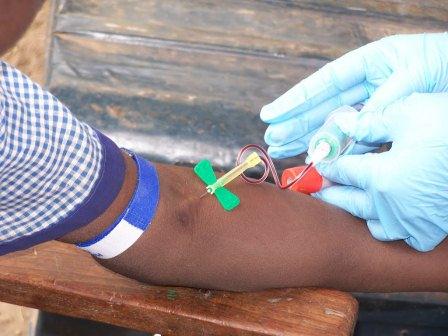In order to better understand the impact of infectious diseases (including zoonotic diseases), it is essential to understand how and where they affect people. Over the last 20 years various tools have been developed to quantify both impact on a population and spatial extent of risk; these require sound data on incidence and clinical course. We are involved in various projects where we are developing additional tools to measure burden and risk and to apply existing tools in a range of settings.
Our work on disease burden involves various projects which fall into two broad categories: field data gathering and population-based assessments for zoonotic diseases/neglected disease mainly in Africa and Asia; methodological developments and application of new methods using existing European datasets.
Projects on the burden of neglected diseases include development of the Atlas of Human African Trypanosomiasis (HAT) and estimates of the population at risk of HAT, together with data analysis of individual-level impacts of disease (including the impact of poverty).
We are also working with the European Centre of Disease Prevention and Control (ECDC) on a large, multi-partner study (led by the Dutch National Institute for Public Health (RIVM) to estimate the Burden of Communicable Diseases in Europe (BCoDE). The overall aim of the ECDC project is to determine the optimal way of quantifying communicable disease burden in Europe. Of particular importance is the development of methods to include estimates of under-reported and un-acertained cases of infectious diseases. A recent ECDC technical report on methodologies to estimate communicable disease burden co-authored by our group is available here. Our focus is on asking:
- Who is at risk, and how is this risk spread in geographical space?
- What is the spatial distribution of disease?
- How many cases are there?
- To what extent are cases under-reported or under-ascertained?
- How much does an individual case suffer as a result of infection?
- What is the outcome of infection?
- What co-factors impact on the burden of infection?
- What co-morbidities are shared with other, concurrent infections?
- Will it be cost-effective to deploy novel therapies








You must be logged in to post a comment.